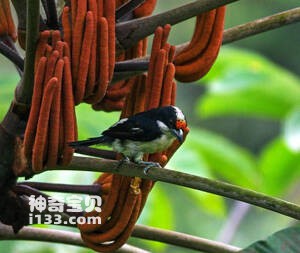
Orange-fronted Barbet
Capito squamatus
The scientific name of the orange-fronted barbet is Capito squamatus, and it···
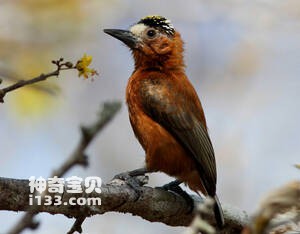
Chestnut Woodpecker
Picumnus cinnamomeus
The chestnut woodpecker's scientific name is Picumnus cinnamomeus, and its f···
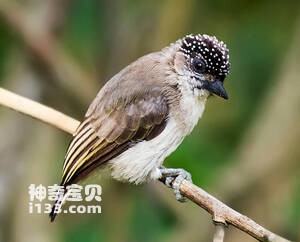
gray woodpecker
Picumnus granadensis,Greyish piculet
灰姬啄木鸟学名Picumnus granadensis,外文名Greyish piculet,具体习性不详。列入···
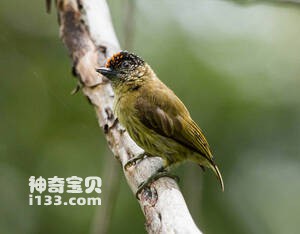
Dark green woodpecker
Picumnus olivaceus,Olivaceous piculet
暗绿姬啄木鸟学名Picumnus olivaceus,外文名Olivaceous piculet,具体习性不详。···
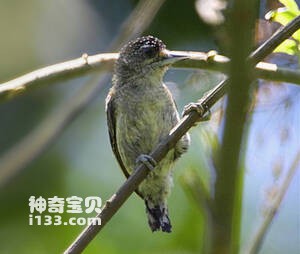
Fine-barred Piculet
Picumnus subtilis,Fine-barred piculet
Fine-barred Piculet Scientific Name Picumnus subtilis,Foreign name:Fine-ba···
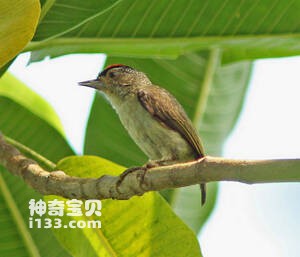
Picumnus castelnau Malherbe
Picumnus castelnau,Plain-breasted piculet
The scientific name of the Plain-breasted Woodpecker is Picumnus castelnau, ···
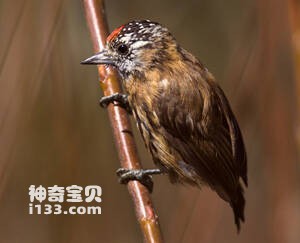
Picumnus nebulosus Sundevall
Picumnus nebulosus,Mottled piculet
The scientific name is Picumnus nebulosus, the foreign name is Mottled picul···

Ochraceous Piculet
Picumnus limae,Ochraceous piculet
Picumnus limae, also known as Ochraceous piculet in foreign languages, has u···
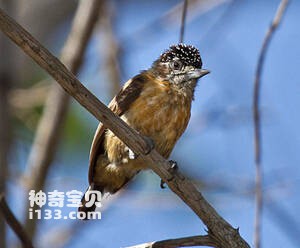
Brown Himeji Woodpecker
Picumnus fulvescens,Tawny piculet
The scientific name of the brown woodpecker is Picumnus fulvescens, and the ···
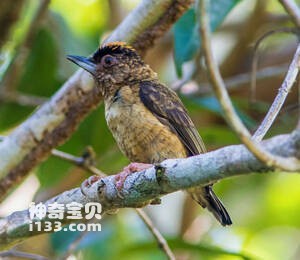
Picumnus fuscus
Picumnus fuscus,Rusty-necked piculet
The scientific name of the Rusty necked Woodpecker is Picumnus fuscus, and i···
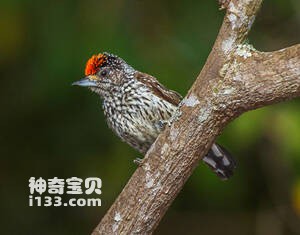
Picumnus albosquamatus
Picumnus albosquamatus,White-wedged piculet
The scientific name of the White-tailed Woodpecker is Picumnus albosquamatus···
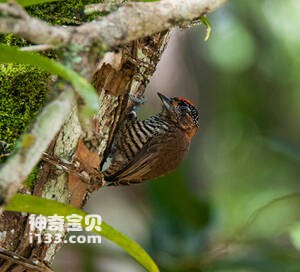
Picumnus temminckii
Picumnus temminckii,Ochre-collared piculet
The scientific name of the Zhe Ling Ji Woodpecker is Picumnus temminckii, an···
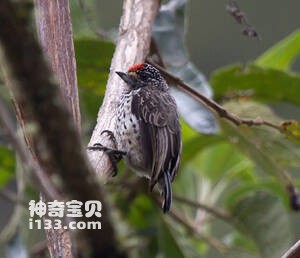
Picumnus dorbignyanus
Picumnus dorbignyanus,Ocellated piculet
The scientific name of the spotted woodpecker is Picumnus dorbigyanus, and t···
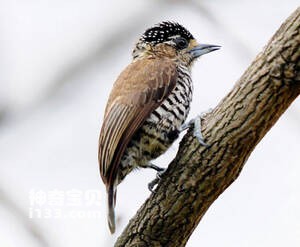
Picumnus cirratus
Picumnus cirratus,White-barred piculet
The scientific name of the White spotted Woodpecker is Picumnus cirratus, an···
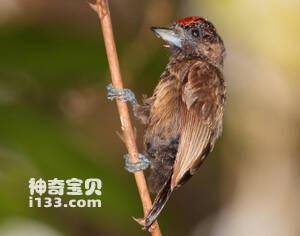
Picumnus varzeae
Picumnus varzeae,Varzea piculet
The scientific name of the Brazilian woodpecker is Picumnus varzeae, and the···
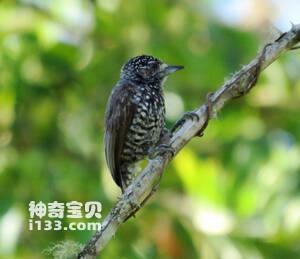
Picumnus steindachneri
Picumnus steindachneri,Speckle-chested piculet
The scientific name of the Spotted Chested Woodpecker is Picumnus steindachn···
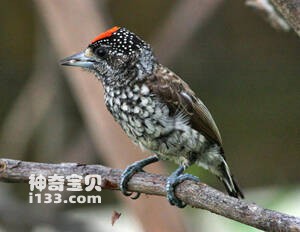
Picumnus minutissimus
Picumnus minutissimus,Arrowhead piculet
The scientific name of the pointed woodpecker is Picumnus minussimus, and th···
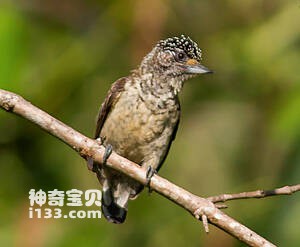
Picumnus spilogaster
Picumnus spilogaster,White-bellied piculet
The scientific name of the White bellied Woodpecker is Picumnus spilogaster,···
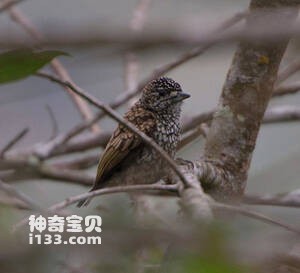
Picumnus squamulatus
Picumnus squamulatus,Scaled piculet
The scientific name of the scaled woodpecker is Picumnus squamulatus, and it···
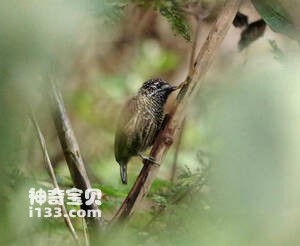
Picumnus sclateri
Picumnus sclateri,Ecuadorian piculet
The scientific name of the Ecuadorian woodpecker is Picumnus sculari, and it···
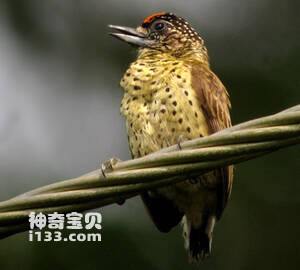
Picumnus nigropunctatus
Picumnus nigropunctatus,Black-spotted piculet
The scientific name of the black spotted woodpecker is Picumnus nigropunctat···
